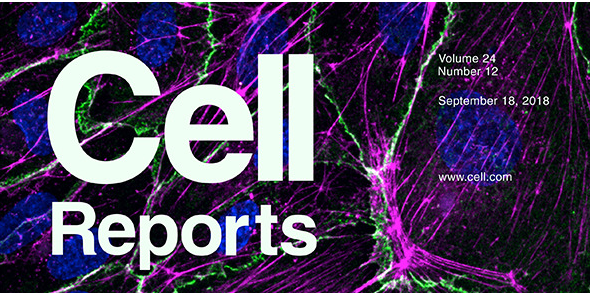New regulator of vascular stiffness
Jaap van Buul’s research group discovered a regulator of vascular stiffness. It may act as a therapeutic target for diseases such as atherosclerosis, pulmonary arterial hypertension and perhaps the most interesting risk factor: aging. The work is published in Cell Reports.

When gliding down from a mountain top, one would like to have something to grab on to. This is also true for leukocytes when they patrol the luminal side of the vessel wall. When these cells roll over the vessel wall they need a firm surface to stop rolling and start adhering before transmigrating and leaving the vessel wall. The surface is mostly dictated by the underlying matrix substrate of the vessel and differs per tissue and can also show differences per disease.
Atherosclerosis
For example, atherosclerotic plaques show regions that are very stiff. This translates into the vessel wall in a very stiff surface and many leukocytes that adhere and transmigrate. This accelerates the severity of the plaque and can ultimately result in plaque rupture. However, it is unclear what signals translate the matrix stiffness to the vascular cells, i.e. the endothelial cells.

Aging
This finding puts DLC1 as a central regulators of vascular stiffness and may act as a therapeutic target to control stiffness-related diseases such as atherosclerosis but also pulmonary arterial hypertension and perhaps the most interesting risk factor: aging.
Cover photo
On the cover: Van Buul and colleagues show that DLC-1 is a key regulator of local actin remodelling during leukocyte transendothelial migration. DLC-1 stabilizes the ICAM-1 adhesome, a protein complex that is initiated when ICAM-1 is clustered upon leukocyte binding and contains actin adaptor proteins for local actin remodelling. The image depicts human umbilical vein endothelial cells (HUVECs) depleted of DLC-1 showing the F-actin cytoskeleton in magenta, VE-cadherin cell-cell junctions in green, and the nucleus in blue. Image taken by Lilian Schimmel, first author.